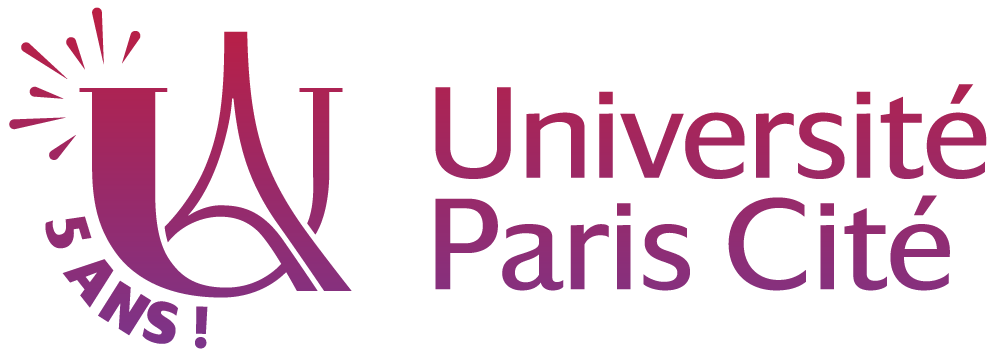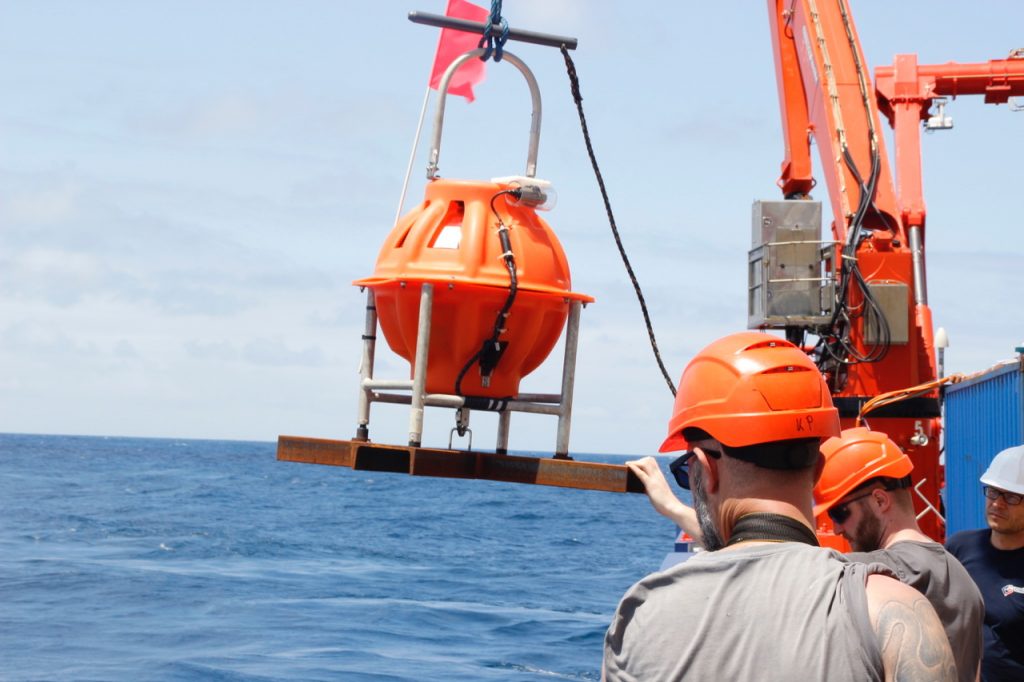Lower oceanic crust formed by in situ magma crystallization
While two-thirds of the Earth's crust is formed at ocean ridges by mantle melting, the process by which the lower part of the crust is formed is still debated. Using state-of-the-art analysis methods applied to seismic data from the Atlantic Ocean, researchers at IPGP and Australia's Commonwealth Scientific and Industrial Research Organisation have discovered different rock layers in the lower crust, suggesting that it is formed by cooling and crystallization of magma in situ.

Publication date: 16/06/2022
Press, Research
Related teams :
Marine Geosciences
Related themes : Earth and Planetary Interiors










